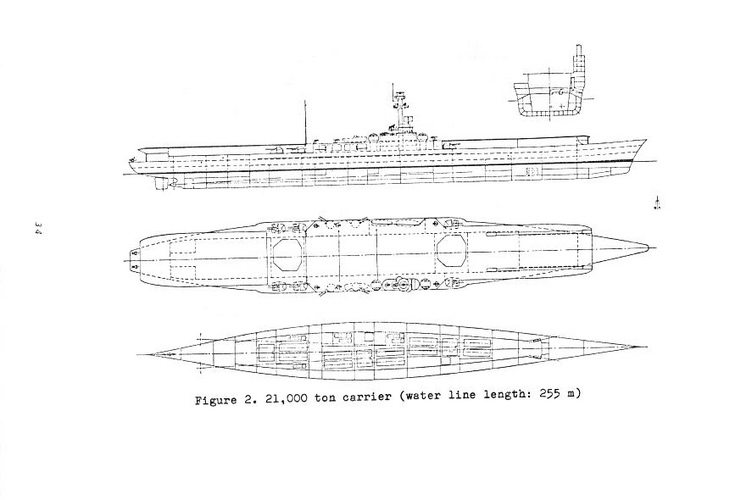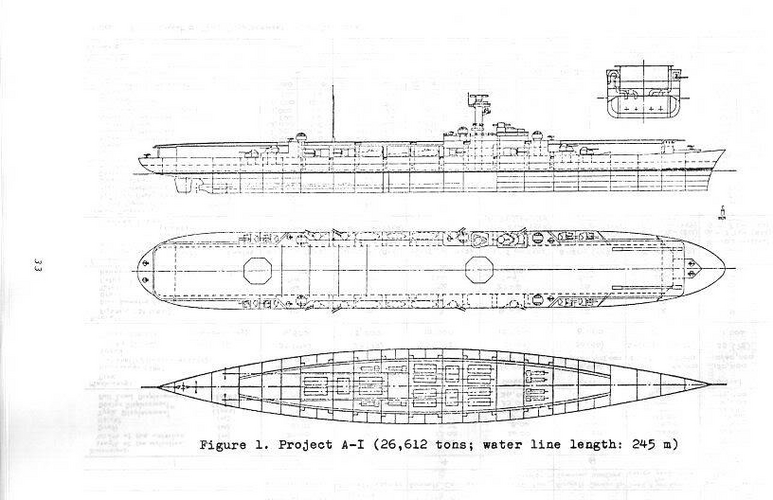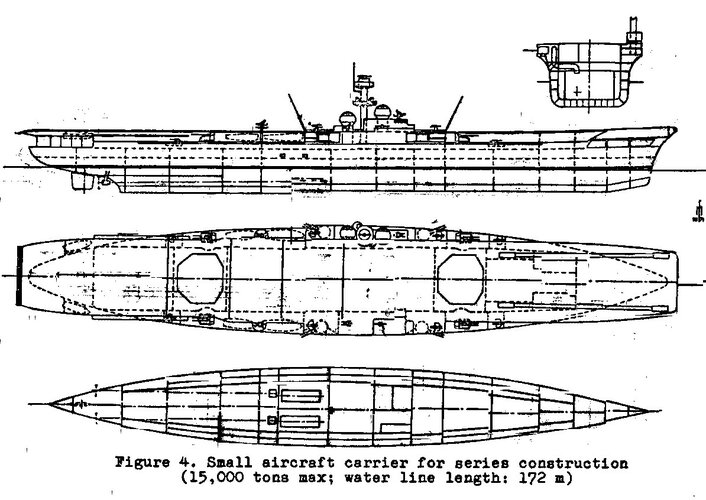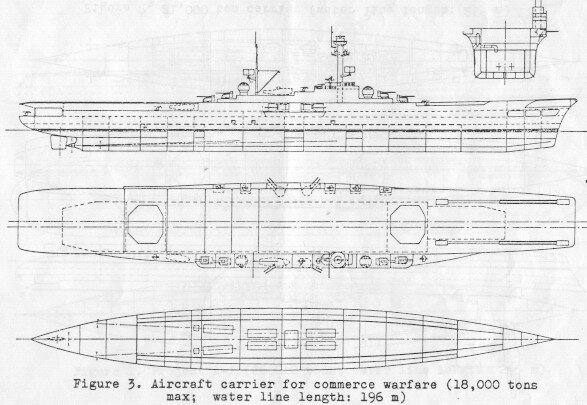YourChair
ACCESS: Restricted
- Joined
- 24 October 2021
- Messages
- 22
- Reaction score
- 38
I've seen mentions of several more obscure German carrier projects (by which I mean NOT Graf Zeppelin, Weser, De Grasse conversion, Elbe/Jade, Europa, etc.) and I was hoping to learn more.
Specifically, I'm curious about:
The carrier conversion projects for Scharnhorst and Gneisenau (the battleships) and Admiral Scheer and Deutschland (the Panzerschiffe), which I believe were from that one Breyer book
The various German hybrid carriers.
Other things from relevant books would be welcome too.
(Thanks in advance!)
Also, from a Russian "Failed Carrier Powers" book, I learned about the following projects that I thought were worth sharing:


If anyone is interested in learning more, I can provide the rest of the details in the book. And if anyone knows more about these projects, by all means share that info!
Specifically, I'm curious about:
The carrier conversion projects for Scharnhorst and Gneisenau (the battleships) and Admiral Scheer and Deutschland (the Panzerschiffe), which I believe were from that one Breyer book
The various German hybrid carriers.
Other things from relevant books would be welcome too.
(Thanks in advance!)
Also, from a Russian "Failed Carrier Powers" book, I learned about the following projects that I thought were worth sharing:
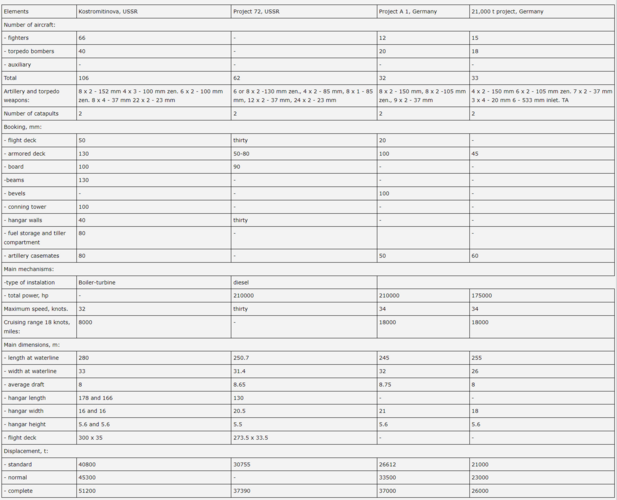
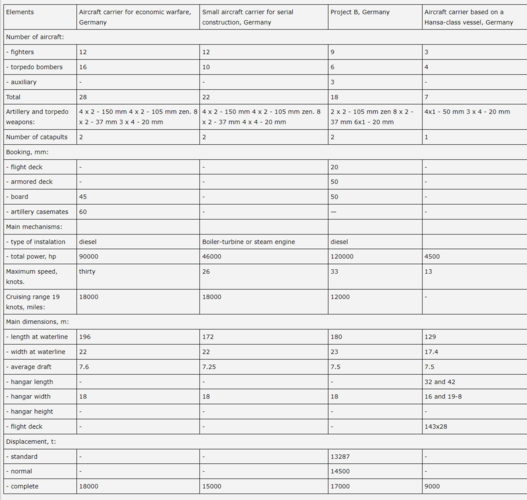
If anyone is interested in learning more, I can provide the rest of the details in the book. And if anyone knows more about these projects, by all means share that info!

